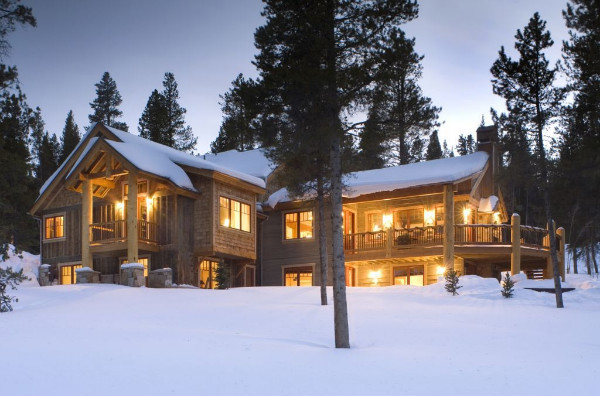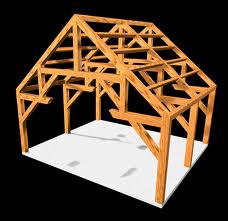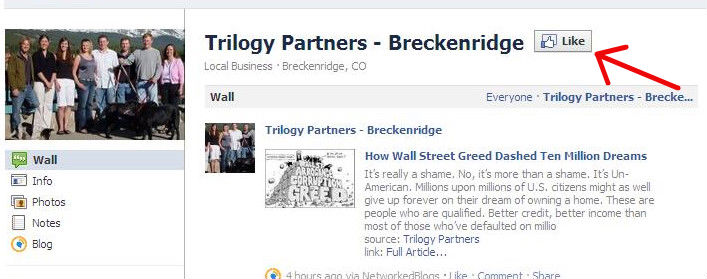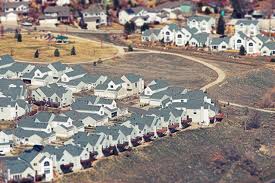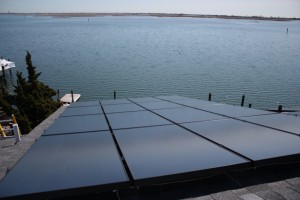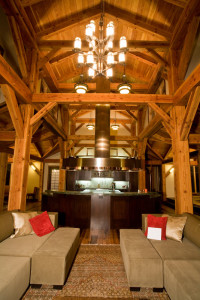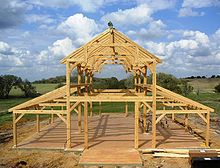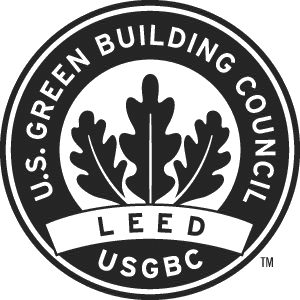Global Warming should not matter. That’s right. I said it. Here I am, a partner at Trilogy Partners, a leader in sustainable building practices, and I just said Global Warming shouldn’t matter. Oh, it’s not that I don’t think Global Warming exists. Anyone as smart as a Polar Bear living on a melting ice flow knows that the planet is heating up. And yes, this time around I think we humans are the cause of that increased “hotness.” Because just as we fill our landfills with incalculable amounts of waste, we fill our skies with nearly inestimable amounts of waste in the form of greenhouse gases. We are the litterbugs of this planet. Make no mistake about it. I have read the research. Listened to the scientists. And I agree with them. Global Warming exists as a waste product of the human race. Even knowing all that I say, so what. Global Warming doesn’t really matter as an issue. For those who don’t believe in Global Warming I say, okay. Let’s take it off the table. Because we can’t agree, let’s stop fighting over it and move on. So, what’s next? What’s left on the table? Well, what I see is a whole bunch of other reasons why we should turn to sustainable practices and stop polluting this planet.
Polluting Is Bad Why Can’t We Stop?
That’s right. Even if there is no Global Warming there are plenty of other reasons why we should stop treating this planet, air, earth, and sea, as one infinitely large trashcan. We can agree on that, can’t we? I think so. I have yet to meet anyone who thought that million of barrels of oil flowing into the Gulf of Mexico was a good thing. Can we all agree that when you’re speeding down the Texas road drinking a beer, it’s simply not right to throw that beer can out the window. Most people would agree that littering is bad. Polluting is bad. And yet, talking about dumping things from the car, how much waste do we dump from our tailpipes on our daily drive to and from the kids soccer games? The only difference between the beer can out the window and the carbon monoxide out the tailpipe is that we can’t actually SEE the CO. How is it that just because CO isn’t visible to the human eye it’s okay just to let it flow from our cars into the atmosphere? It seems like we as a species are trying to convince ourselves that all this human waste isn’t such a bad thing so long as it’s kept out of sight. Don’t we burn or bury all the evidence? Or set it adrift because after all, if the ocean is big enough to take care of all the oil we spill into it, surely it can handle a few billion plastic bottles and trash bags and untold gallons of industrial waste.
Thinking About The Future
The reality check is that we should stop polluting even if Global Warming doesn’t exist. Come on. Even if the planet is relatively healthy today, as the Global Warming naysayers er…. say, does anyone honestly think that the planet is going to be healthy in 200 years if we keep doing what we’re doing. Every second of every day there are more people on this planet than ever in the history of… history. The human waste problem is only going to get worse if we stay this course. So yes, if Global Warming doesn’t matter to you I say, okay, let’s say you’re right. But there are billions of reasons why we still need to change our current behaviors. The way we treat this planet, our air, water, and earth. We need to change our polluting ways. I’m not talking about saving Polar Bears. And I’m not even considering the ethical and moral arguments to why we shouldn’t harm our planet. I’m thinking only this: if we don’t keep our planet healthy, how is it going to keep our species healthy? If we can’t agree that a healthy planet is necessary for a healthy species, I think it’s fairly certain that we as a species are going to end up much like the waste we create. And that is; we are going to end up burried. Out of sight, and out of mind.
Oh, and one more thing. If God had wanted all that greenhouse gas in the air, don’t you think he would have put it there in the first place?
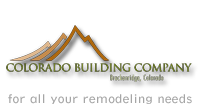 Colorado Building Company, sister company to Trilogy Partners, was founded in 2007. Whereas Trilogy is a Design and Build construction company, Colorado Building Company is construction management/general contracting company. CBC specializes in projects where design oversite is the parameter of architects and interior designers not working under the design-build model. Trilogy Partners uses CBC for general contracting services.
Colorado Building Company, sister company to Trilogy Partners, was founded in 2007. Whereas Trilogy is a Design and Build construction company, Colorado Building Company is construction management/general contracting company. CBC specializes in projects where design oversite is the parameter of architects and interior designers not working under the design-build model. Trilogy Partners uses CBC for general contracting services.







